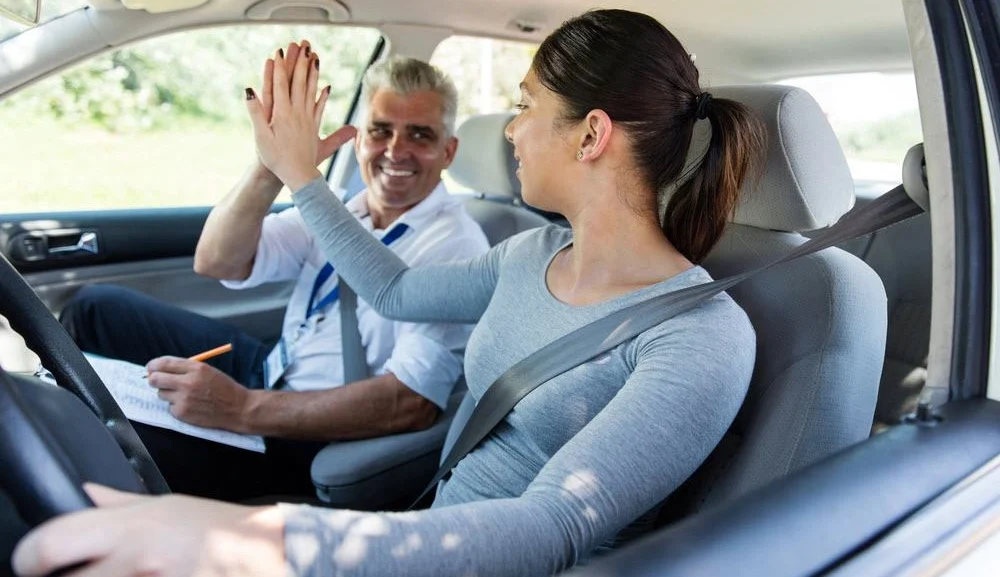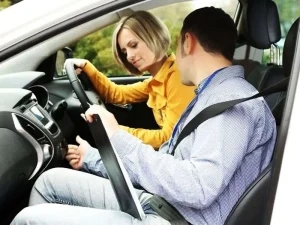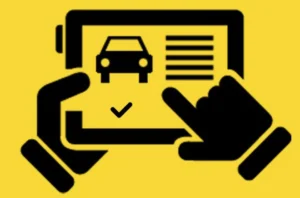Is it easy to drive in France? Driving in France is often considered one of the most scenic and enjoyable experiences in Europe. French roads offer breathtaking views and well-maintained infrastructure. However, for foreign drivers, especially tourists or new residents, understanding the rules, driving culture, and legal requirements is essential for a safe and stress-free experience.
Whether you’re planning a road trip across France or considering long-term relocation, you might be asking, “Is it easy to drive in France?” The answer is yes, with preparation.
France’s road system is extensive and efficient, but navigating it can be complex for those unfamiliar with its unique features. From toll roads and roundabouts to road signs in French and priority rules that differ from other countries, knowing what to expect can make your driving experience far easier.
What You Should Know Before Driving in France
France boasts one of the most comprehensive road networks in Europe. The country features thousands of kilometers of autoroutes (motorways), national roads, and scenic rural routes.
Also, the autoroutes are high-speed, multi-lane highways that are well-maintained and efficiently managed. However, most of these roads are toll-based, which means you should budget accordingly for longer trips.
Roads in urban centers are generally in good condition, although traffic congestion can be significant in cities like Paris, Lyon, and Marseille. France also prioritizes road safety and upkeep, with regular maintenance and signage upgrades.
For drivers used to right-hand driving, it’s important to note that in France, vehicles drive on the right-hand side of the road.
One of the first things drivers must understand is that France has strict driving laws. Some of the most important rules include;
-
Speed Limits: 130 km/h (81 mph) on motorways, 110 km/h (68 mph) on dual carriageways, and 50 km/h (31 mph) in urban areas.
-
Blood Alcohol Limit: 0.05% for regular drivers and 0.02% for new drivers (under three years’ experience).
-
Seat Belts: Mandatory for all passengers, front and rear.
-
Mobile Phones: Completely banned without hands-free devices, even when stopped.
You should also familiarize yourself with “priorité à droite,” a unique rule that gives priority to vehicles coming from the right at intersections—especially common in rural areas.
Is it Easy to Drive in France? Requirements for Foreign Drivers
Visitors and new residents must carry appropriate documentation when driving in France. Tourists from most countries can use their valid foreign driver’s license for up to 12 months. However, if the license is not in French, it’s advisable to have an International Driving Permit (IDP) alongside the original license.
Expats or long-term residents may need to exchange their foreign license for a French one, depending on their country of origin. France has agreements with several countries that allow easy conversion, while others require taking a French driving test.
Key Documents to Carry:
-
Valid driver’s license (and IDP if required)
-
Vehicle insurance
-
Passport or ID
-
Reflective safety vest and warning triangle (mandatory)
France Driving Culture and Etiquette
French drivers are generally skilled but may appear aggressive to those unfamiliar with European city driving. You’ll notice that tailgating and flashing headlights (to signal overtaking intentions) are fairly common on highways.
However, most drivers adhere to the rules, and enforcement is strict, especially with the widespread use of speed cameras.
Roundabouts are a regular feature on French roads and operate on a “give way to traffic already on the roundabout” basis. Patience and alertness are key when driving in unfamiliar areas, particularly in historic city centers with narrow streets and limited parking.
Many of France’s major motorways are tolled. Toll prices can add up, especially for long-distance travel. Alternatively, national and departmental roads (designated by “N” and “D” prefixes) are toll-free and often provide more scenic routes.
Fuel prices in France are higher than in many non-European countries. As of 2025, the average cost of unleaded petrol is approximately €1.80–€2.00 per liter. Diesel is slightly cheaper but still represents a significant travel expense.
Understanding French road signs is crucial. While many use internationally recognized symbols, some are language-dependent. “Cédez le passage” means yield, “Stop” is the same as English, and “Rappel” indicates a repeated or reinforced speed limit. Electronic signs often provide real-time traffic updates and weather conditions.
Driving in France Overview
| Category | Key Information | Notes |
|---|---|---|
| Driving Side | Right-hand side | Overtake on the left |
| Required License | National license + IDP (if non-EU/EEA) | Exchange required after 12 months (in some cases) |
| Speed Limits | 130 km/h (motorways), 110 km/h (dual roads), 50 km/h (urban) | Lower in poor weather |
| Alcohol Limit | 0.05% (0.02% for new drivers) | Heavily enforced |
| Toll Roads | Yes—on major motorways | Use cash or credit card, or get a télépéage badge |
| Road Conditions | Excellent on major roads, variable in rural areas | Mountain routes may be narrow |
| Fuel Prices | €1.80–€2.00 per liter | Cheaper at supermarket petrol stations |
| Mandatory Equipment | Vest, warning triangle, spare bulbs, breathalyzer (recommended) | Keep items accessible from inside the vehicle |
Tips for Stress-Free Driving
-
Use a GPS or navigation app with live traffic updates.
-
Avoid rush hour in major cities (typically 7:30–9:30 AM and 5–7 PM).
-
Practice roundabouts and small-street navigation before entering city centers.
-
Rent a compact car if exploring historic towns with narrow roads.
-
Check car rental requirements, including minimum age and credit card hold.
READ ALSO:
- How Much Does it Cost to Get a Driving License in France?
- Is it Hard to Pass a Driving Test in France?
- What Documents to Take to France for Driving?
- Can a Foreigner Get a Driving License in France?
- How Long Does it Take to Get a Driving License in France?
So, is it easy to drive in France? Absolutely—if you prepare. While French roads can present a learning curve, especially for newcomers, they are among the best in Europe in terms of infrastructure, maintenance, and efficiency.
By understanding the laws, respecting the local driving culture, and planning routes in advance, you’ll find the experience not only manageable but deeply enjoyable.




